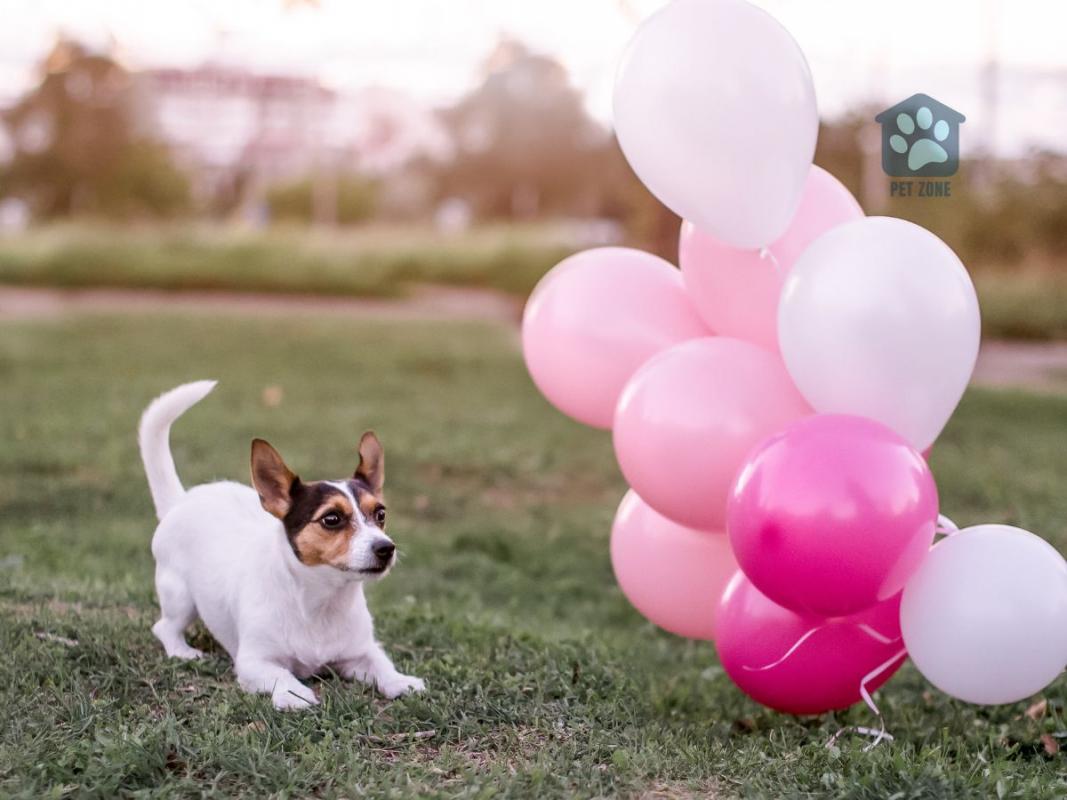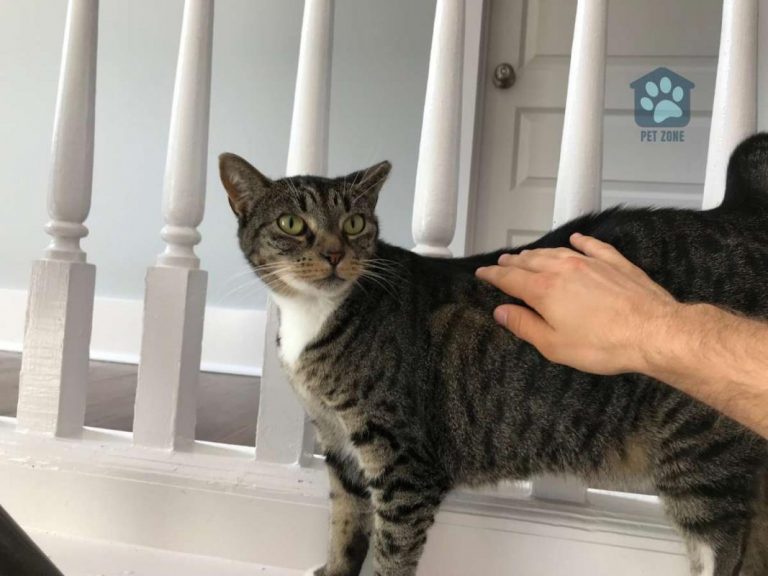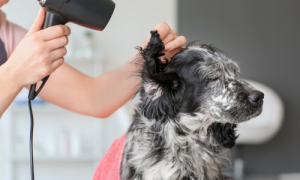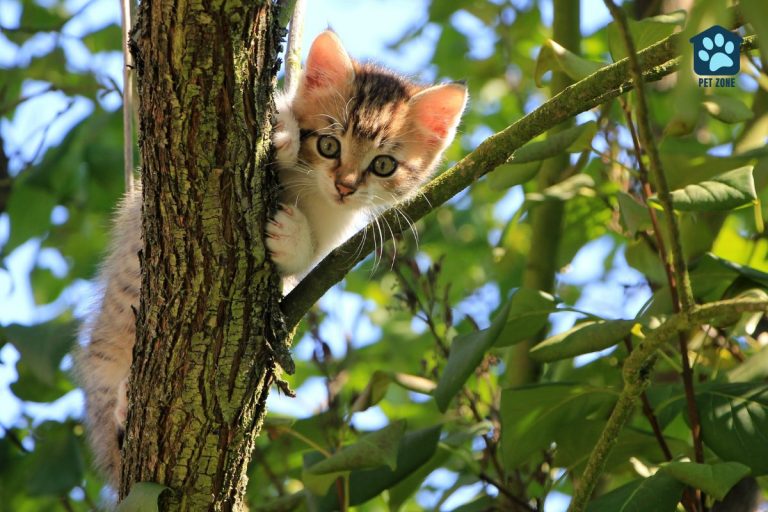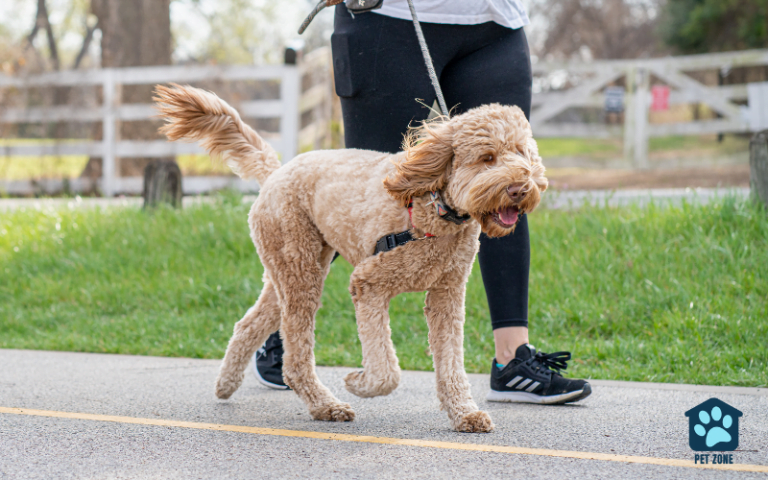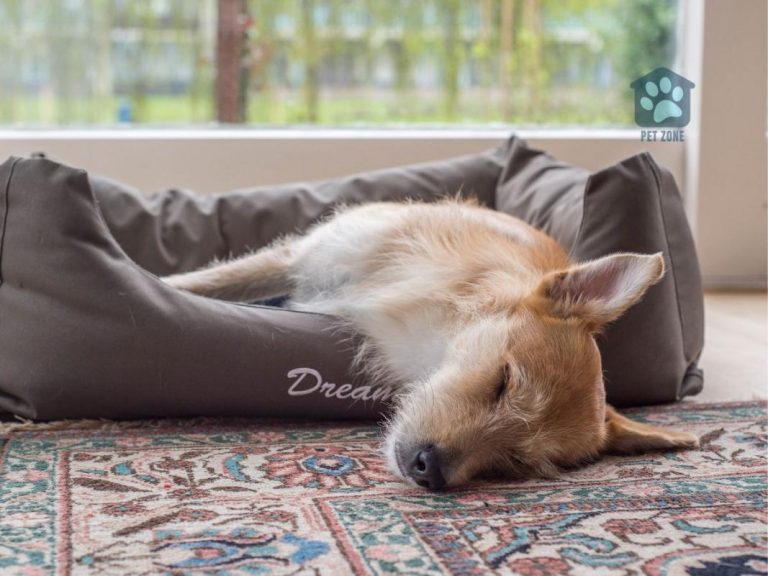Estimated reading time: 7 minutes
Have you ever noticed your dog cowering or darting away at the sight of a seemingly harmless balloon? It’s a perplexing sight, isn’t it?
After all, to us, balloons symbolize joy, celebration, and fun. But to our canine companions, these colorful orbs can be objects of terror. This fear, while seemingly irrational to us, is very real to them.
In this article, we delve into why are some dogs afraid of balloons and how we can help them overcome this fear.
Possible Reasons Why Dogs Are Afraid of Balloons
Dogs, like humans, have their own unique fears and phobias. For example, many dogs are afraid of thunder or fireworks. For some dogs, balloons are a source of fear and anxiety. But why are dogs scared of balloons? There are several possible reasons, and understanding these can help dog owners to better support their furry friends.
Sudden Loud Noises
One of the most common reasons why dogs are scared of balloons is the potential for sudden, loud noises. When a balloon pops, it creates a loud noise that can startle dogs and trigger their fear response. Dogs have much more sensitive hearing than humans, and loud noises can be particularly distressing for them. This is why many dogs are also scared of thunderstorms or fireworks.
Unpredictable Movement
Balloons move in unpredictable ways, especially when they are filled with helium. This unpredictable movement can be unsettling for dogs. Dogs are creatures of habit and they like to know what to expect. When a balloon bobs around in a way that a dog can’t anticipate, it can cause anxiety.
Association with Past Trauma
If a dog has had a negative experience with a balloon in the past, they may associate all balloons with this bad memory. For example, if a balloon popped near a dog and scared them, they might be scared of balloons in the future. This is similar to how a dog might be scared of a vacuum cleaner if it’s been scared by the noise in the past.
Odor or Smell
Balloons have a distinctive smell that some dogs might find off-putting. This is especially true for balloons made from latex. Dogs have an incredibly sensitive sense of smell, and certain odors can cause them to feel scared or anxious.
Innate Fear
Some dogs may have an innate fear of balloons. This could be due to a variety of factors, including their breed, personality, or individual experiences. Just like some people have an irrational fear of spiders or heights, some dogs might be scared of balloons for reasons we can’t fully understand.
It’s important to remember that every dog is different, and what scares one dog might not scare another. If your dog is scared of balloons, it’s important to respect their fear and not force them to interact with balloons if they don’t want to. Instead, try to create a calm and safe environment for your dog, and consider working with a professional dog trainer or behaviorist if your dog’s fear of balloons is causing significant distress.
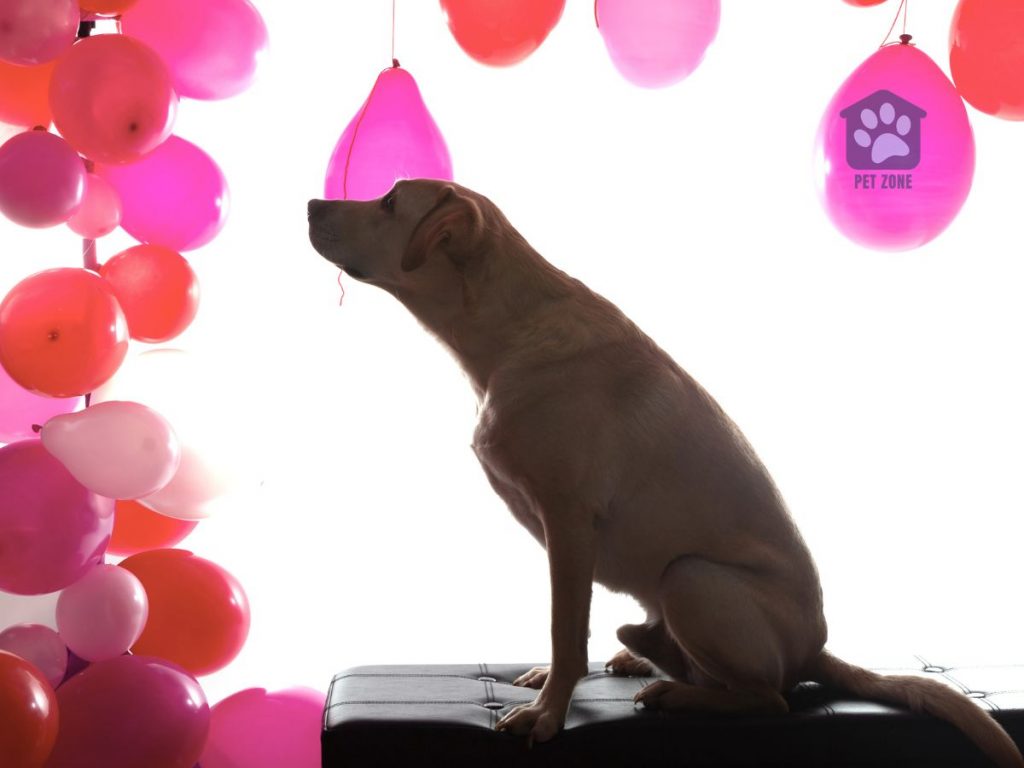
Some Dogs Love Balloons, So Why is My Dog Scared of Balloons?
It’s a curious sight to behold when some dogs like balloons, batting them around and chasing after them, while others cower at the very sight of a balloon. This disparity in reactions can leave many dog owners puzzled. If some dogs play with balloons, why is my dog scared of them?
The answer lies in the fact that dogs, much like humans, are individuals with their own unique personalities, experiences, and sensitivities. What one dog finds enjoyable, another might find frightening.
Lack of Socialization as a Puppy
A lack of socialization during puppyhood can contribute to a dog’s fear of balloons. Early experiences shape a dog’s perception of the world.
If a puppy isn’t exposed to various objects, including balloons, they may grow into an adult dog that finds such items unfamiliar and frightening.
However, with patience and positive reinforcement, it’s possible to help a dog overcome these fears, regardless of their age.
Individual Experiences
Dogs learn from their experiences. A dog that has had positive experiences with balloons in the past, such as playing fun games with a balloon that didn’t pop, might associate balloons with joy and excitement.
On the other hand, a dog that has had a balloon pop near them, causing a sudden loud noise, might associate balloons with fear and anxiety.
Sensitivity Levels
Dogs also have different sensitivity levels. Some dogs might not be bothered by the unpredictable movement of balloons or the loud noise they make when they pop.
Other dogs, particularly those with a high sensitivity to sounds or movements, might find these aspects of balloons frightening.
Personality Traits
Just as some people are more adventurous while others are more cautious, dogs also have their own personality traits. Some dogs are naturally more curious and bold, and these dogs might enjoy the novelty of balloons.
Other dogs are more cautious or anxious, and these dogs might find balloons scary.
How to Help Your Dog Overcome His Fear
Helping a dog overcome its fear, especially of something as common as balloons, requires patience, understanding, and a systematic approach. Here are some strategies that can help:
Recognize the Fear
Dogs communicate their fear through various signs such as tucking their tail between their legs, pulling their ears back, licking their lips or nose, yawning, seeking comfort, hiding, pacing, panting, trembling, or even showing aggression.
Recognizing these signs can help you understand when your dog is feeling scared and needs your support.
Create a Safe Environment
Creating a safe and comfortable environment for your dog can help them feel more secure. This might mean removing balloons from your home or keeping them out of sight.
If your dog has had a negative experience with a balloon in the past, removing the trigger can help them feel safer.
Gradual Exposure
Gradual exposure, also known as desensitization, can be a very effective way to help your dog overcome their fear of balloons.
Start by introducing your dog to a deflated balloon, allowing them to sniff and explore it in their own time. Gradually inflate the balloon over time, always ensuring that your dog feels safe and comfortable.
Never force your dog to interact with the balloon if they show signs of fear or discomfort.
Positive Reinforcement
Positive reinforcement involves rewarding your dog for positive behavior. If your dog interacts with a balloon without showing fear, reward them with a treat or their favorite toy. This can help your dog associate balloons with positive experiences, rather than fear.
Remember, overcoming fear takes time and patience. Celebrate small victories and don’t rush the process. With time, understanding, and the right approach, your dog can learn to overcome their fear of balloons.
Balloons Can Be Dangerous!
While balloons are often associated with fun and celebration, they can pose a significant danger to dogs. Understanding these risks can help dog owners ensure their pets’ safety.
Choking Hazard
One of the main dangers balloons pose to dogs is the risk of choking. When a balloon pops, it breaks into small pieces that a dog might ingest. If a piece of balloon gets lodged in a dog’s throat, it can cause choking.
This is particularly true for latex balloons, which can easily break into small, chewable pieces that a dog might find tempting to eat.
Ingestion Risks
Even if a dog doesn’t choke on a balloon, ingesting balloon pieces can still pose a significant health risk.
A piece of balloon may cause blockages in a dog’s digestive system, which can lead to serious health issues and may require surgical intervention.
Toxic Materials
Some balloons are made from materials that can be harmful to dogs.
For example, Mylar balloons are made with a metallic coating that can be toxic if ingested. Even latex balloons can pose a risk, as some dogs may have a latex allergy.
How to Keep Your Dog Safe
Given these risks, it’s important to keep balloons out of reach of dogs.
If you’re having a party or celebration with balloons, make sure your dog is in a separate area where they can’t access the balloons. If a balloon does pop, clean up the pieces immediately before your dog has a chance to ingest them.
Consider using alternatives to balloons for celebrations that are safe for dogs, such as paper decorations or bubbles, which can provide fun and excitement without the associated risks.
Conclusion
If your dog is scared of balloons, remember that this fear is real and significant to them. By understanding the potential reasons behind this fear and taking steps to help your dog feel safe and secure, you can help them navigate this fear.
Remember, every dog is unique, and what works for one might not work for another. Patience, understanding, and love are key in helping your dog overcome their fears.
We’d love to hear about your experiences. Has your dog shown fear of balloons? How have you helped them cope? Please share your stories in the comments section below. Your experiences might help other dog owners facing the same situation.
If you found this article helpful, please consider sharing it on your social media platforms. You never know who might benefit from this information.


